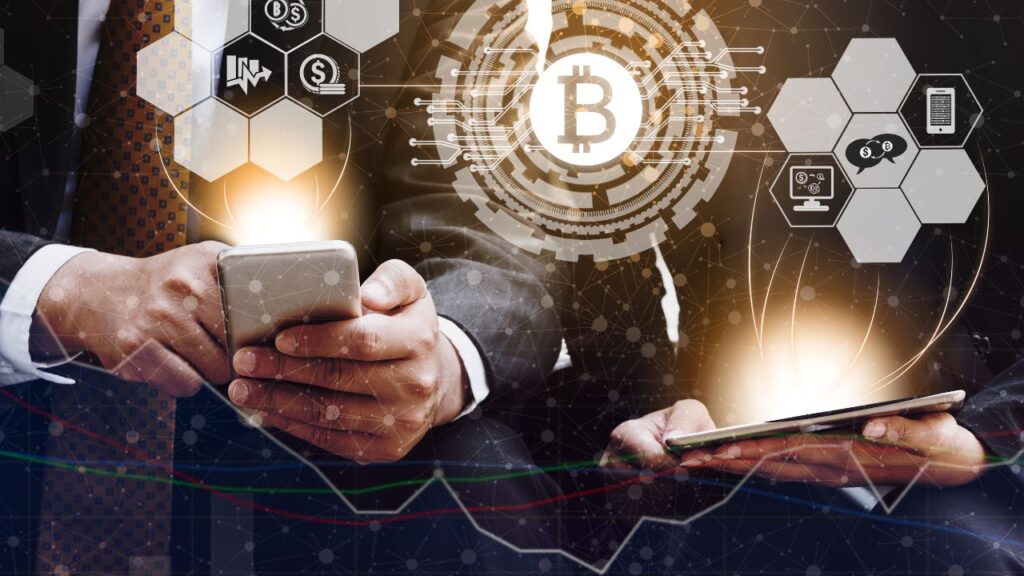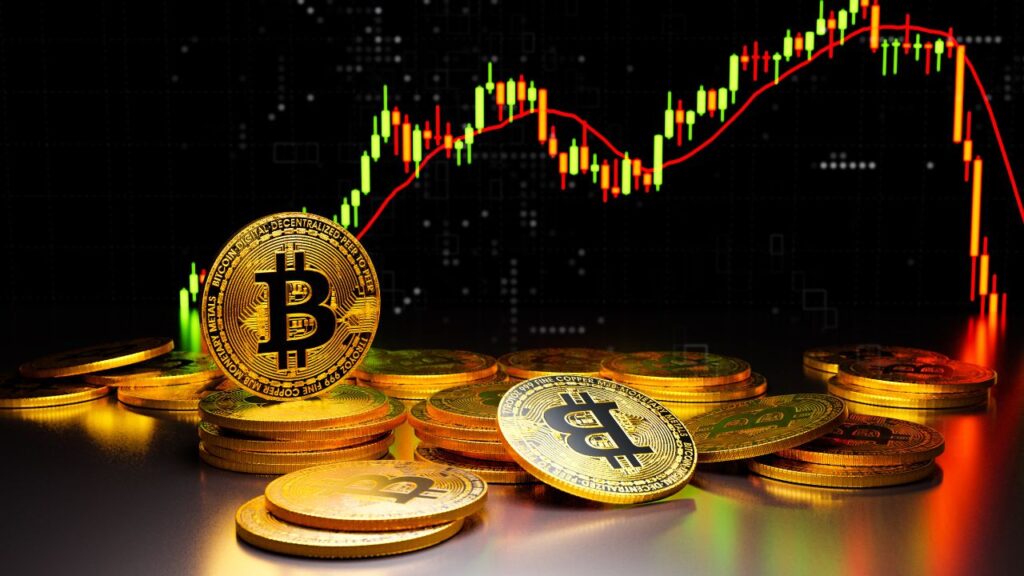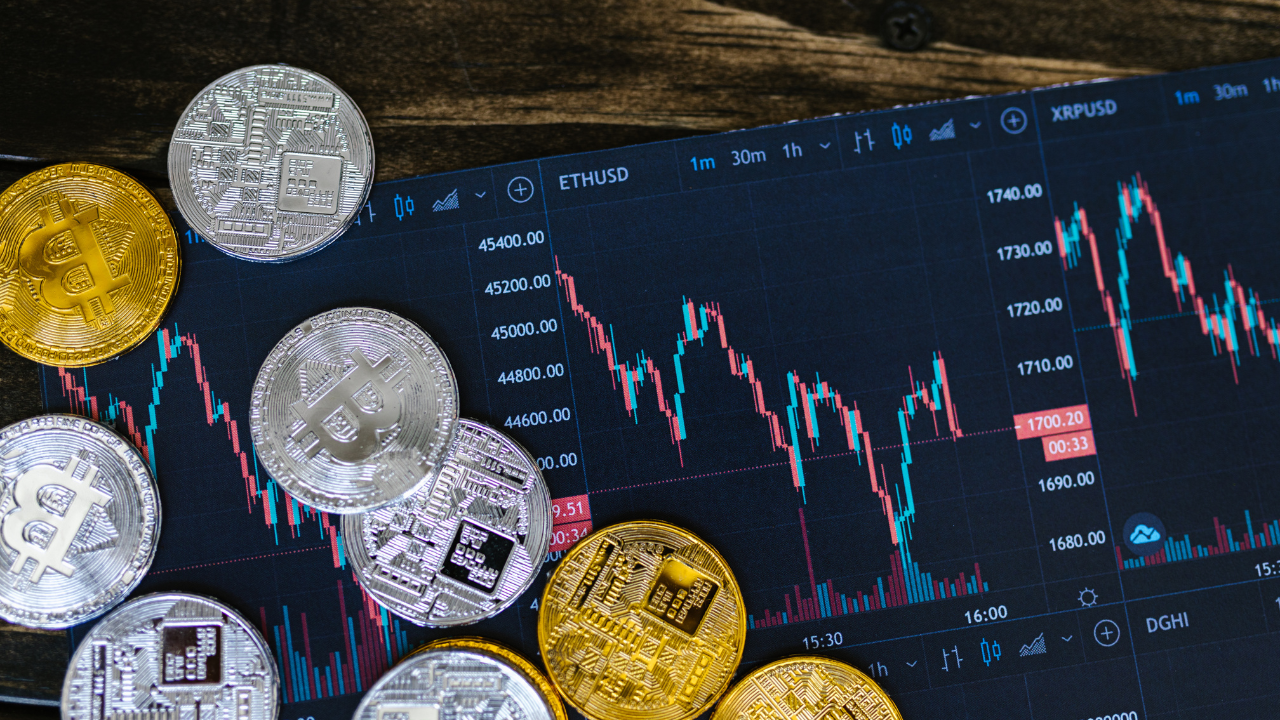“If it sounds too good to be true, it probably is.” I’ve reviewed hundreds of tokens, and the patterns repeat. Hype explodes. Liquidity vanishes. Holders are trapped. In this guide, I’ll show you how to read tokenomics, run quick on-chain due diligence, and spot rug-pull red flags—before you buy. We’ll keep it practical, fast, and beginner-friendly. By the end, you’ll have a checklist you can use in under five minutes to protect your capital and your peace of mind!
👉 Want expert crypto insights? Read the full Project Serenity review to see if Marco Wutzer’s premium research is the right fit for your investment journey.
What Is a Rug Pull? Types, Tactics, and Tell-Tale Signs
A rug pull is a deceptive exit strategy often seen in DeFi and small-cap tokens, where project creators lure in investors, inflate hype, and then suddenly drain liquidity or manipulate token mechanics—leaving holders with worthless assets. This type of scam thrives in crypto’s open, permissionless environment, where anyone can create and list a token, making due diligence essential.
Common Rug Pull Types
- Liquidity Pull – Developers remove liquidity from the pool on a DEX, making it impossible for investors to sell at a fair price.
- Honeypot / Anti-Sell – The contract is coded to allow buys but restrict or heavily penalize sells, trapping funds.
- Soft Rug – The team slowly siphons value through high fees, ongoing sells from large token holdings, or diverting project funds over time.
Early Warning Signs
- Overhyped claims, “guaranteed” returns, or unrealistic growth promises.
- Unverified or closed-source smart contract code, blocking public review.
- Sudden spikes in liquidity with no clear explanation or real-world trigger.
- Communication restricted to temporary or closed channels like private Telegram groups, avoiding public, permanent records.
🔍 Explore Project Serenity by Marco Wutzer and see why serious crypto investors are joining.
Tokenomics 101 — Design Choices That Create (or Kill) Trust

Supply & Emissions
The way a token’s supply is structured says a lot about its long-term sustainability. A fixed supply model can create scarcity, but only if there are no hidden mint functions that allow new tokens to be created later. Conversely, infinite supply tokens depend on careful emission control—without it, inflation erodes value quickly. Watch out for “deflationary” claims that sound good in marketing but aren’t backed by actual burn mechanics visible on-chain.
Distribution
A fair distribution plan builds trust, while an imbalanced one fuels suspicion. Look at how much of the supply goes to the team and treasury compared to the community. Transparent vesting schedules, cliffs, and unlock calendars reduce the risk of large token dumps by insiders, which can tank prices and undermine investor confidence.
Utility
Tokens with genuine, indispensable use cases tend to be more resilient. Ask whether the token is truly required for the product’s core functions or if it’s simply a “vibes” coin with no real purpose. The more integral the token is to the ecosystem—such as paying fees, accessing features, or participating in governance—the stronger its long-term value proposition.
Fee/Tax Models
Some tokens impose transaction fees or taxes that fund liquidity pools, marketing, or development. The key questions are: Who benefits from these fees? Where are they sent, and are those wallets publicly visible? Also, check whether the contract allows these fees to be changed—hidden control over fee percentages can be abused for a sudden “soft rug.”
💡 Unlock expert crypto investment strategies with the Project Serenity membership today.
Quick On-Chain Checklist (5 Minutes Before You Buy)
Liquidity Lock
Before committing funds, check if the project’s liquidity pool (LP) tokens are locked in a smart contract or third-party locker, and for how long. A short lock period could mean the team can pull liquidity soon, leaving holders unable to sell. Longer, verifiable locks generally indicate stronger commitment to the project’s longevity.
Ownership
Look into the contract ownership. Renounced ownership means the original deployer no longer has control over key functions, reducing the chance of malicious changes. However, renounced contracts can’t be upgraded, so weigh this against the project’s need for improvements. Alternatively, multisig wallets spread control across several trusted parties—more secure than a single private key. Always verify who can alter parameters like fees or transaction limits.
Top Holders
Examine the distribution of tokens among wallets. High concentration in a few addresses—especially the deployer or related wallets—creates a risk of large sell-offs. Use block explorers to identify wallet clusters and watch for patterns like transfers between developer-controlled addresses.
Timelines
Be aware of significant upcoming events that could impact price and liquidity. This includes token unlocks, planned emissions, or migration proposals to a new contract. Large scheduled releases can flood the market, while migrations can introduce risk if not executed transparently and securely.
🧠 See how the T4 Method works inside Project Serenity and why it’s reshaping altcoin investing.
Smart-Contract Red Flags You Can See on Explorers

Admin Powers
One of the first things to check in a token’s contract is the range of administrative privileges the owner or developer wallet holds. Functions like mint (create new tokens), burn (destroy tokens), blacklist (block specific wallets), pause trading, or change fees can be misused to manipulate supply, trap investors, or siphon value. If these powers exist, evaluate whether they’re controlled by a trusted multisig or if they can be executed unilaterally by one account.
Proxies & Upgradeability
Some contracts use a proxy architecture, meaning the token’s logic can be upgraded without changing the contract address. While this can allow for improvements and bug fixes, it also creates a backdoor for malicious changes after launch. On block explorers, look for “Proxy” tags or linked implementation contracts, and confirm if there are restrictions on upgrade authority.
Honeypot Tests
Before investing significant funds, perform a tiny buy and tiny sell test to ensure you can exit normally. A honeypot contract might let you buy but block sells, or apply abnormal slippage and taxes that make selling impossible or unprofitable. These traps often catch investors who only discover the issue after committing large sums.
Verifications
Verified contracts on platforms like Etherscan or BscScan have open-source code that matches what’s deployed on-chain. Readable comments, consistent naming, and the absence of obfuscation increase transparency. If the contract is unverified or intentionally obscured, you have no reliable way to audit for hidden functions or malicious logic.
📈 Start building a smarter crypto portfolio with Project Serenity’s deep-dive research and alerts.
Team, Marketing, and Social Proof That Actually Matters

Real Humans
Legitimate projects are usually backed by identifiable people with verifiable histories. Look for LinkedIn profiles, past GitHub or GitLab repositories, and track records in crypto or related industries. If the team claims known advisors, verify those relationships through direct statements or acknowledgments from the advisors themselves. While KYC (Know Your Customer) processes can add credibility, remember they aren’t foolproof—some bad actors have passed KYC and still executed scams.
Docs That Say Something
A credible project’s documentation should go beyond marketing fluff. A solid whitepaper clearly explains the project’s purpose, technical structure, and roadmap. Roadmap specifics should outline deliverables with timelines, not vague aspirations. Look for audit reports and, more importantly, evidence that the project followed through on fixing any vulnerabilities flagged in those reports.
Hype Filters
Separate genuine growth from manufactured excitement. Be cautious of airdrop bait used purely to inflate social metrics without real engagement. Watch for influencer promotions that lack disclaimers about paid partnerships—especially when they promise unrealistic returns. Claims of guaranteed profits are an immediate red flag, as are announcements of big-name partnerships that can’t be verified through official channels.
🛠️ Get access to premium crypto picks and analysis designed for long-term gains.
Liquidity & Market Structure — How Exit Risk Hides in Plain Sight

DEX vs. CEX Dynamics
Liquidity behaves differently on decentralized exchanges (DEXs) compared to centralized exchanges (CEXs). On a DEX, liquidity is tied directly to pool depth—if the pool is thin, even a modest sell can cause significant price slippage. On CEXs, thin order books can create the same effect, with large trades quickly eating through available bids. Both setups can expose traders to MEV (miner extractable value) and sandwich attacks, where bots exploit transactions in the mempool to profit at your expense.
Volume Quality
Not all trading volume is genuine. Wash trading—where the same entity trades back and forth to inflate volume—is common in low-cap tokens to create an illusion of market activity. Inorganic spikes in volume without corresponding news or on-chain activity are a warning sign. Use independent data sources or analytics tools to verify whether the liquidity and volume are truly organic.
Pool Health
Healthy liquidity pools have adequate depth relative to market cap, stable pricing, and reasonable slippage for typical trade sizes. High volatility with shallow liquidity increases exit risk dramatically—especially for larger holders. Always check if the slippage you’d face when selling is realistic for your position size, and monitor how quickly liquidity changes over time.
✅ Find out if Project Serenity is right for you and how it compares to other newsletters.
Audits, KYC & Bug Bounties — Helpful, Not Bulletproof
What Audits Can and Can’t Prove
Smart contract audits are valuable, but they’re not a guarantee of safety. An audit can identify vulnerabilities, inefficiencies, or risky functions, but it can’t protect against future code changes, malicious governance votes, or human deception. Always check the audit findings and see if the issues have been fixed—many reports list unresolved vulnerabilities that remain live in the contract.
KYC Trade-Offs
KYC (Know Your Customer) verification for project teams can add a layer of accountability, especially if performed by a reputable provider in a strict legal jurisdiction. However, it’s not bulletproof—there are cases where fully KYC’d teams have still executed rug pulls. KYC also introduces privacy risks for developers and may be less meaningful in regions with weak enforcement. Investors should treat KYC as one positive signal among many, not a standalone trust indicator.
Value of Public Bug Bounties and Continuous Monitoring
Ongoing bug bounty programs encourage white-hat hackers to find and responsibly disclose security flaws, strengthening a project over time. Combined with continuous monitoring—such as real-time alerts on suspicious contract interactions or liquidity changes—these measures help detect and address threats before they escalate. Projects that invest in both are signaling a commitment to long-term safety rather than short-term hype.
🔐 Join an exclusive crypto investing community led by industry expert Marco Wutzer.
Security Hygiene for Everyday Investors
Use Separate Hot/Cold Wallets
Keep your trading and long-term storage assets in separate wallets. A hot wallet (connected to the internet) is fine for small, active positions, but your main holdings should be stored in a cold wallet like a hardware device. Whitelist only trusted dApps and websites you use regularly, and always double-check URLs before connecting.
Revoke Approvals Periodically
Over time, you may give smart contracts permission to spend tokens from your wallet—sometimes without realizing it. Use tools like Etherscan’s or BscScan’s Token Approval Checker to review and revoke any permissions you no longer need. Tracking these approvals across all connected dApps reduces the risk of malicious contracts draining your funds.
Beware Phishing
Many investors lose crypto to phishing attacks, not technical hacks. Always verify domains before connecting your wallet or entering seed phrases—phishing sites often mimic legitimate platforms. Treat unexpected signed message requests with suspicion, especially if they come via unsolicited DMs. Remember: no genuine support team will ask for your private keys, seed phrase, or direct wallet access. Fake “support” channels on Telegram, Discord, or social media are a major attack vector.
📬 Stay ahead of crypto trends with Serenity alerts delivered directly to your inbox.
What to Do If You Suspect a Rug Pull
Stop Adding Liquidity
If you notice suspicious activity—such as sudden liquidity drops, trading restrictions, or unusual contract changes—immediately stop adding liquidity or making further purchases. The sooner you halt participation, the less exposure you risk. Revoke any smart contract approvals you’ve given to the project to prevent them from moving your tokens without consent. Keep a record of the revocation transaction hash for proof.
Document Transaction History
Save and organize transaction hashes, wallet addresses involved, and relevant timestamps. This evidence can be critical if you later report the incident or participate in community recovery efforts. Screenshots of announcements, price charts, and liquidity pool changes can also strengthen your case.
Warn Communities and Monitor Developer Activity
Post clear, fact-based alerts in official project channels, crypto safety forums, and social media groups. Avoid speculation—stick to on-chain facts. Check incident report channels on platforms like Twitter, Reddit, or Telegram, and monitor developer wallets to see if they’re moving large amounts of tokens or liquidity.
Reporting Pathways
File a ticket with any centralized exchanges (CEXs) listing the token to request a freeze on suspicious funds. Submit a report to consumer protection agencies, blockchain analytics firms, and relevant crypto watchdogs. If applicable, contact your jurisdiction’s financial regulator or cybercrime unit. Some chain analytics providers and DeFi safety platforms also have dedicated forms for rug pull reporting, which can help trace stolen assets.
🧭 Navigate the crypto market with confidence using Serenity’s real-time portfolio updates.
FAQs (Fast Answers for Common Situations)
“Renounced ownership = safe?”
Not necessarily. While renounced ownership means the deployer no longer has direct control over certain contract functions, it doesn’t guarantee the code itself is safe. If malicious logic was written into the contract before renouncing, it can still operate as intended—renounced or not.
“Are high taxes always bad?”
Not always, but they’re a risk. Some projects use higher transaction taxes to fund liquidity, marketing, or buybacks. The danger is when the tax is adjustable and the owner can raise it to extreme levels, effectively trapping sellers. Always verify tax limits and determine if they can be adjusted.
“Is a locked LP enough?”
It’s a good sign, but it’s not a full guarantee. A locked liquidity pool prevents immediate rug pulls via liquidity removal, but it doesn’t stop price manipulation, minting, or malicious upgrades. Other factors—like token distribution and contract powers—still matter.
“Do audits guarantee safety?”
No. An audit can identify vulnerabilities and give insights into the code, but it can’t prevent malicious intent, governance exploits, or future code changes. Always check if audit findings were actually fixed, not just documented.
“When should I sell?”
Set clear personal risk parameters before buying. Common triggers include hitting your profit target, major negative changes in tokenomics or liquidity, suspicious developer activity, or upcoming large token unlocks. Emotion-based decisions often lead to losses—stick to your plan.
🚀 Start your crypto journey with Project Serenity and discover smarter investment strategies.
Conclusion
Rug pulls thrive on confusion and FOMO. Your edge is a calm, repeatable process: read the tokenomics, verify on-chain, and trust what the contract can do—not what the marketing says. Take five minutes, run the checklist, and only proceed when the data makes sense. Stay curious, move slow, and protect your stack. If you want, I can turn this outline into a printable, one-page checklist you can keep beside your wallet app!
💼 Explore the full benefits of Project Serenity here and see if it fits your investing goals.

